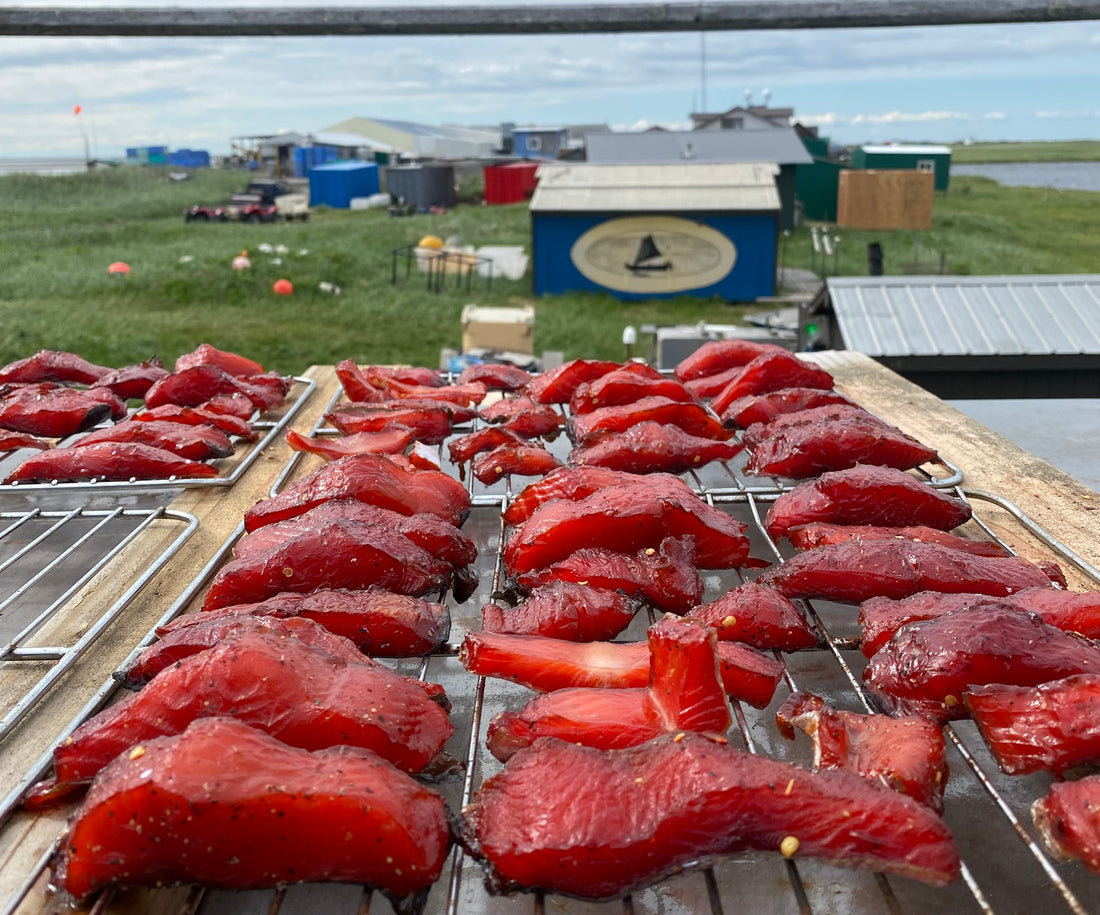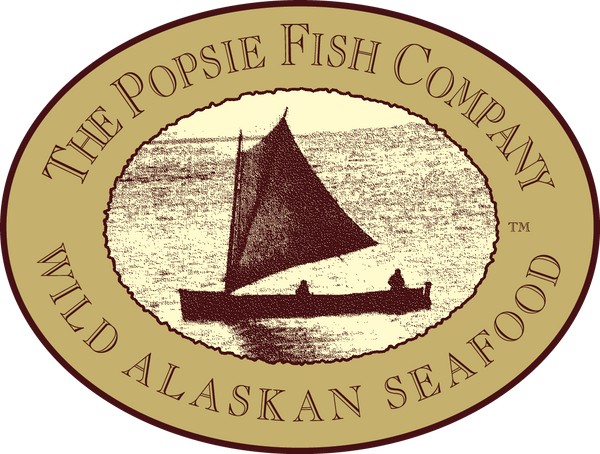
How to Smoke Salmon with our Family Recipe
There are two main ways of smoking salmon - hot smoking and cold smoking. Fish smoking has been a part of most maritime communities throughout the ages. Recognized in ancient times as an effective and delicious way to preserve salmon and other fish, it has continued to offer a valuable product in today’s societies.
How to Smoke Salmon
Wild-caught Sockeye salmon is a favorite for smoking. Because salmon is a fatty fish (containing those healthy omega-3 fatty acids), it’s a particularly good fish for smoking: it’s those fats that absorb the wonderful flavors.
The salmon is soaked for several hours in a solution of kosher salt and water, sometimes with white or brown sugar added. The fish is then rinsed and set out to dry. Drying causes the fish to develop a pellicle, or skin-like layer of stickiness that attracts the smoke particles. Maple syrup, teriyaki sauce or pepper is often brushed on for additional tang, and the fish is smoked at a temperature of 120℉ or above for up to eight hours. Thus, because the salmon has been exposed to heat, it is considered “cooked.”
This process yields a rich red-brown, smoky, flaky, salty and satisfyingly chewy treat eaten just as is. But cut into small pieces, the smoked salmon tidbits make a signature difference when added to casseroles, quiches, soups, dips, pasta, egg dishes - the possibilities are endless!
Popsie's Smoked Salmon
Ingredients
- 8 filets of wild sockeye salmon cut into 1 in. wide strips
Brine
- ⅔ cup brine salt
- 3 cups brown sugar
- 2 tbsp crushed red pepper
- 2 tbsp black pepper
- 2 tbsp Goya Adobo seasoning
- 2 cups Yoshida's sauce
Directions
Brining:
- Mix brine with 8 Sockeye salmon filets, cut into 1 in. wide strips, in a large bowl.
- Brine in fridge for 16 hours. Stir every few hours.
- Spray smoking racks with cooking spray, then place salmon strips on racks and lightly rinse with water.
- Dry salmon on racks until only slightly tacky (A drafty/windy area is best). Try not to touch pieces together and check progress every couple hours.
Smoking:
- Place wood chips in a strainer, then place strainer in a bucket of water to get damp for smoking.
- Pre-hear smoker for 30-45 minutes at max temperature, before loading fish.
- Place ½ cup of wood chips in the chip loader. Do not over fill.
- Open, and leave open, the air damper to release moisture.
- Cook fish at 180 for about 3 hours ( or until favored texture)
- Vacuum seal fish and store in freezer for up to 2 years. Makes a great gift for friends and family, or a an easy grab-and-go snack.
